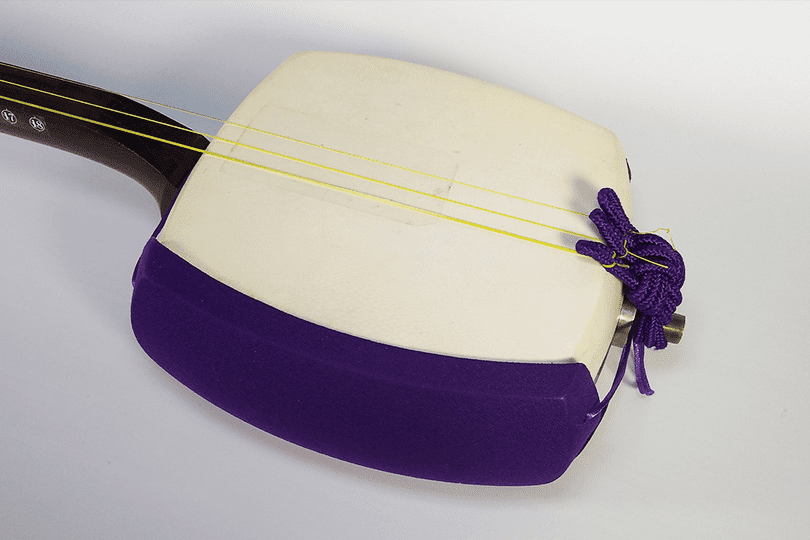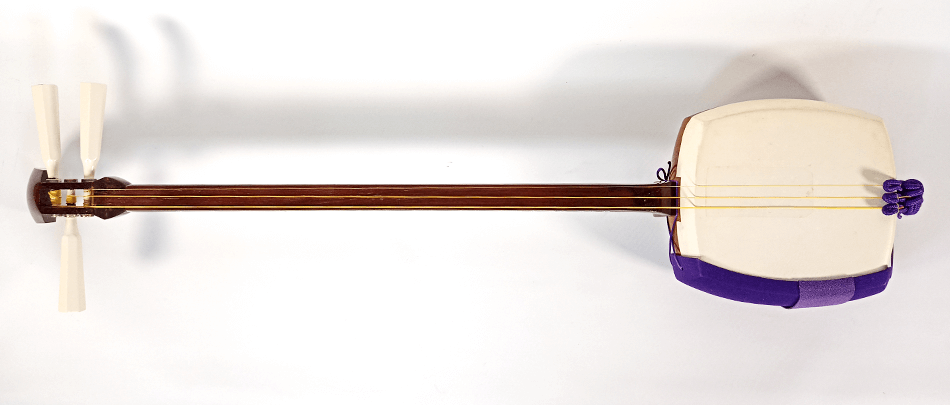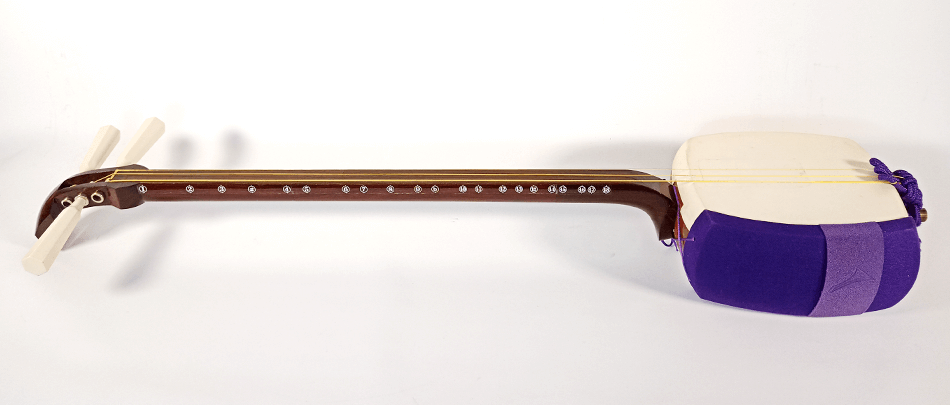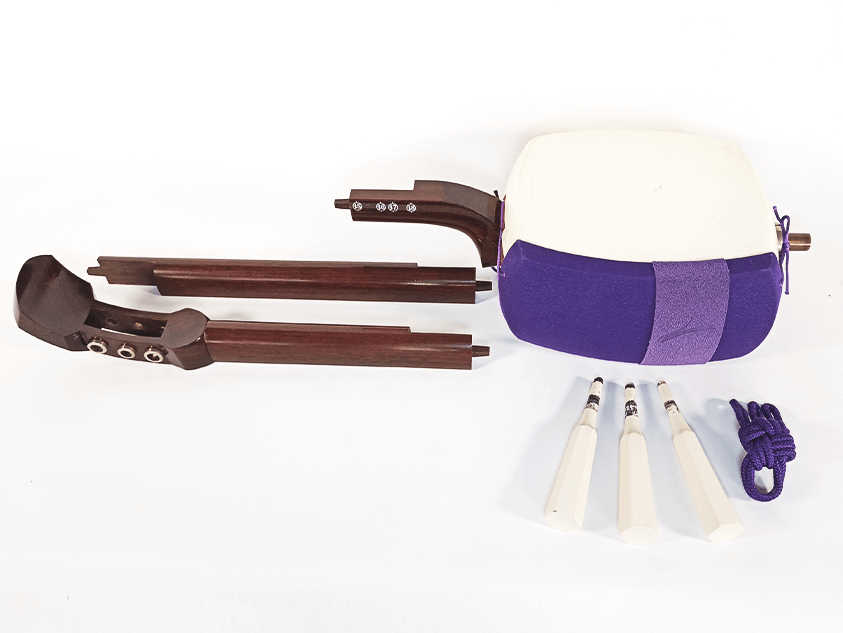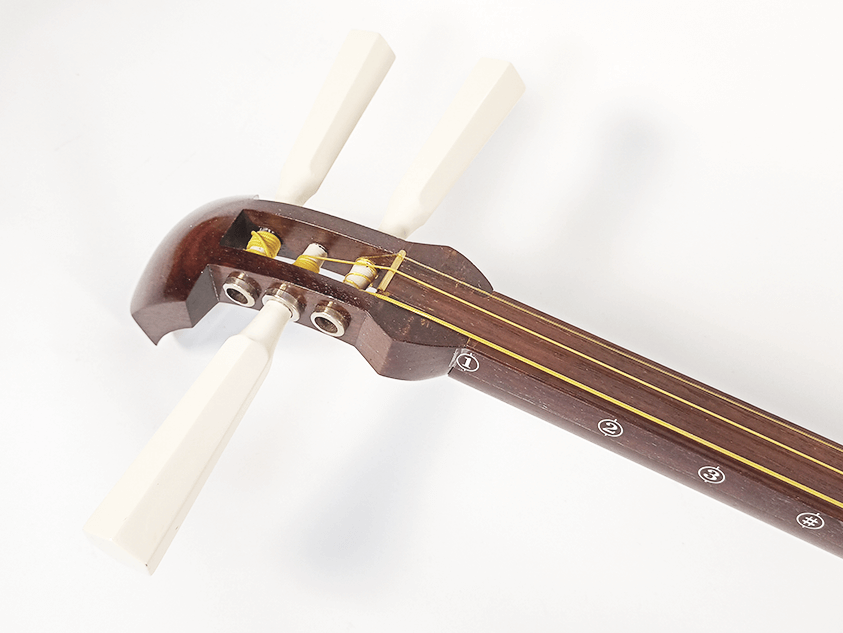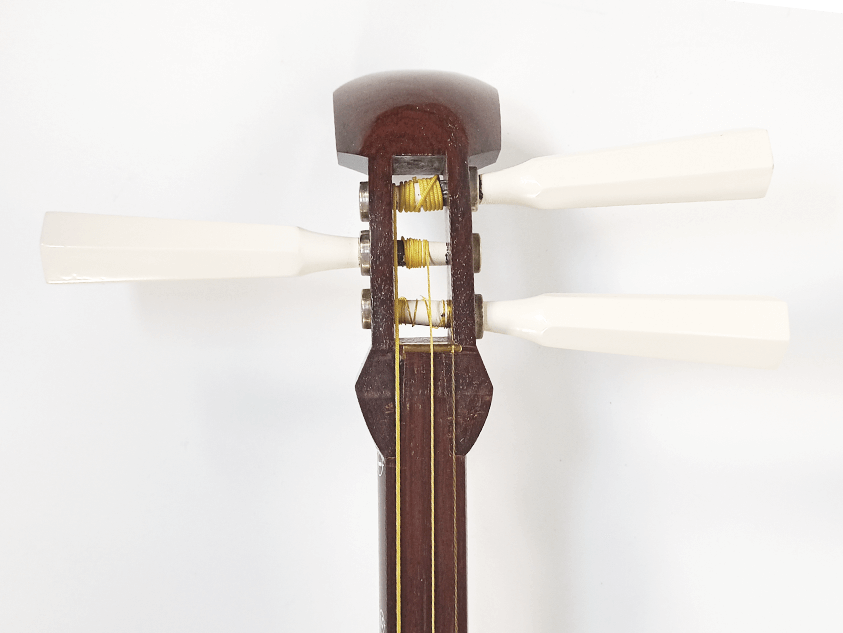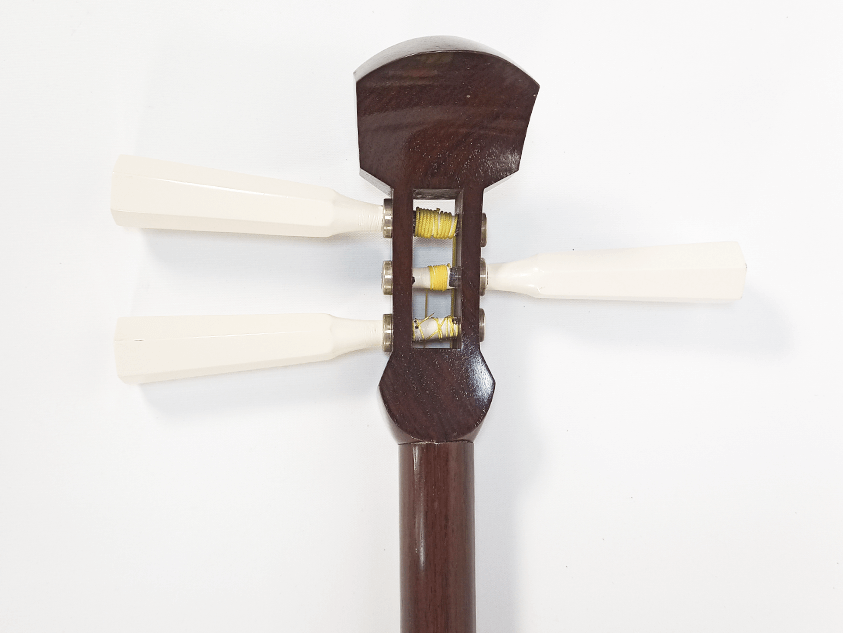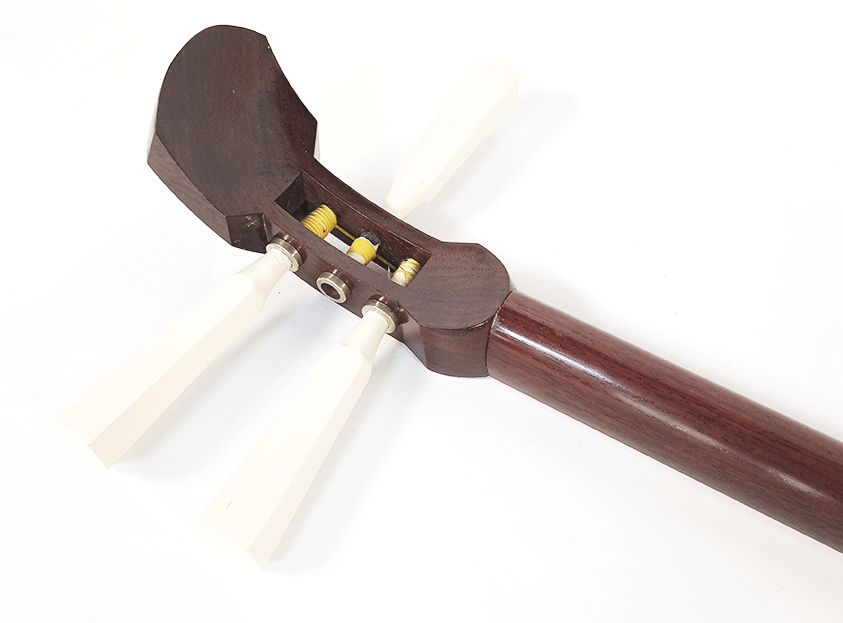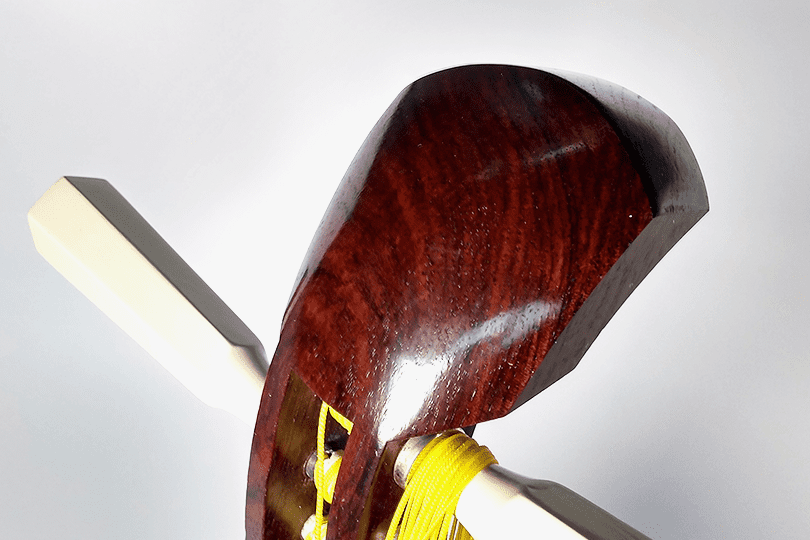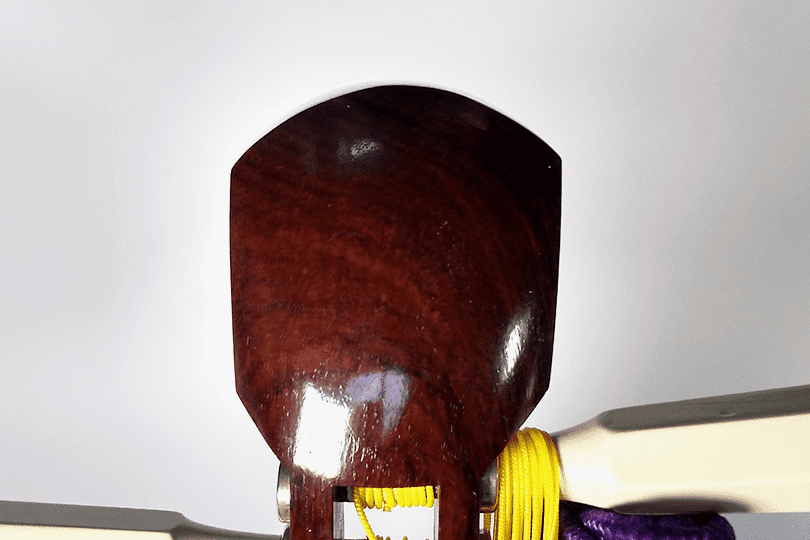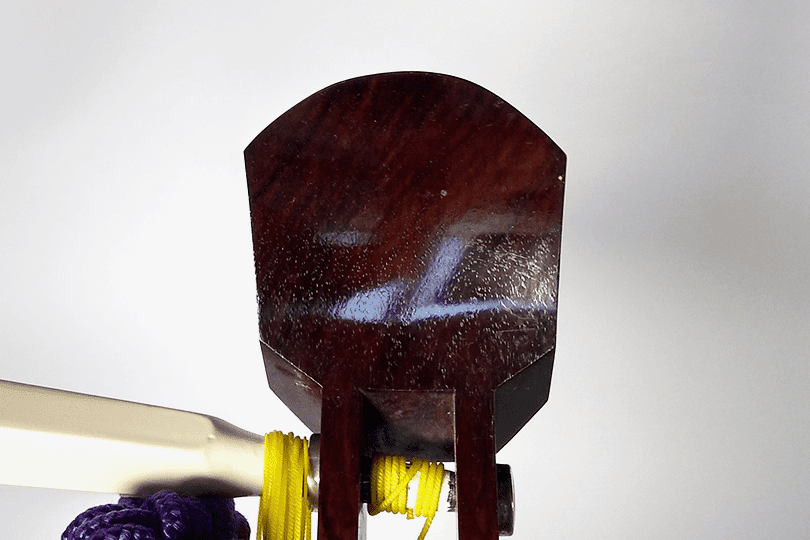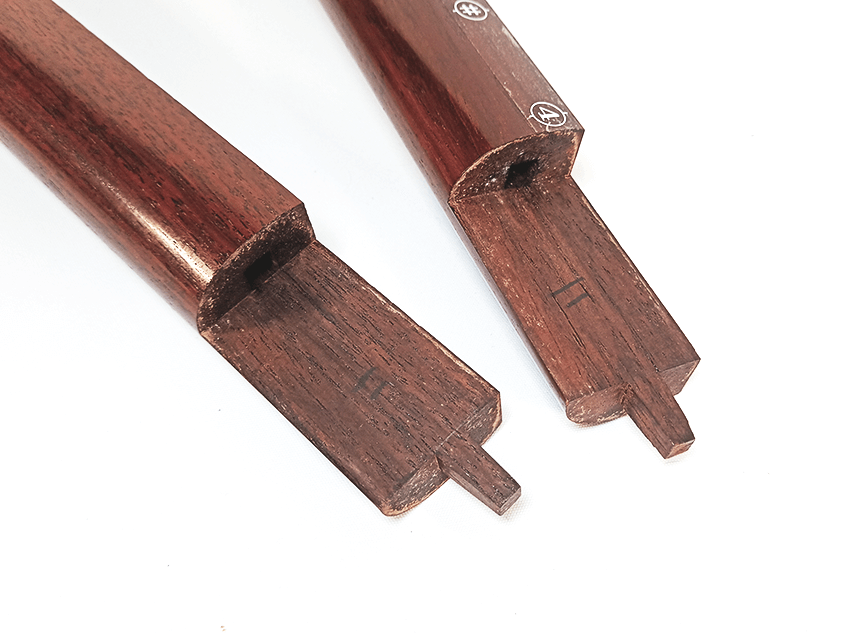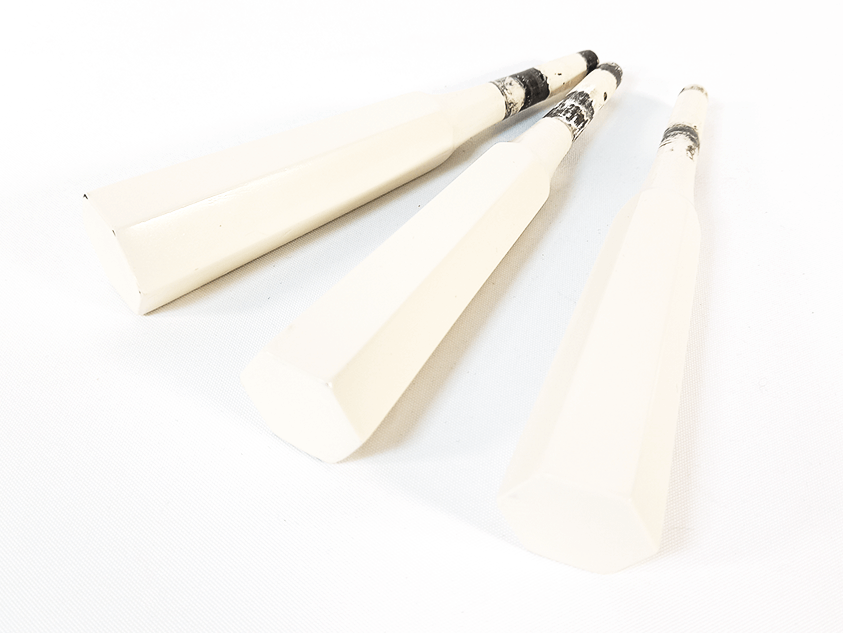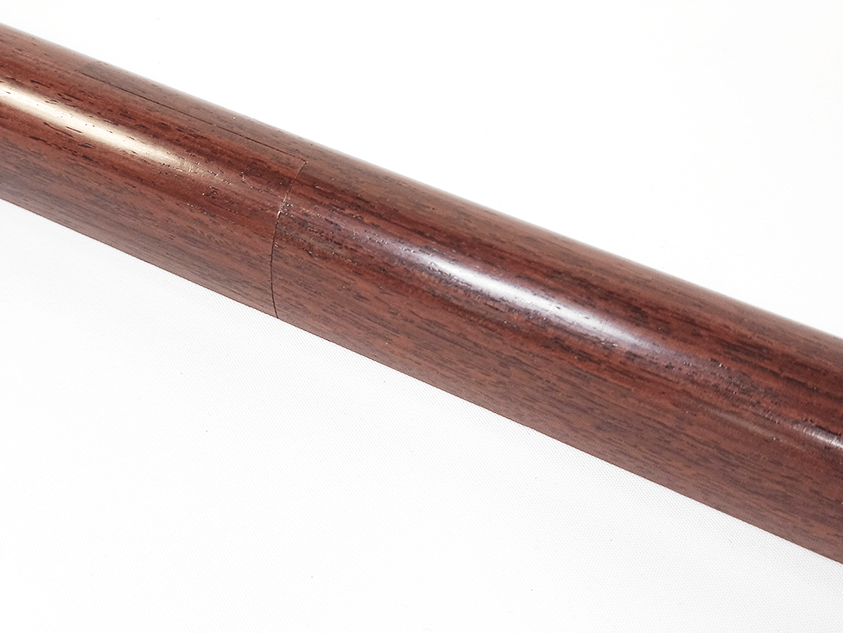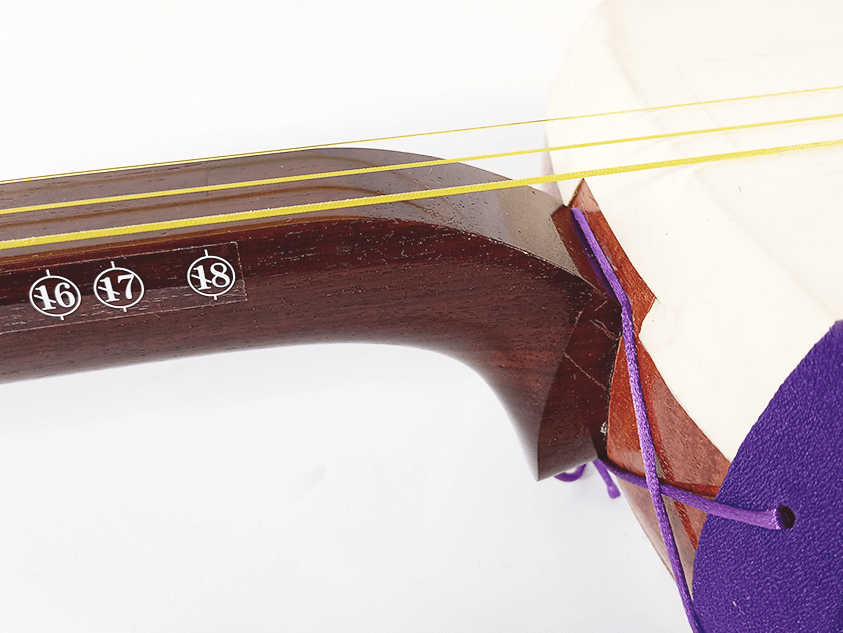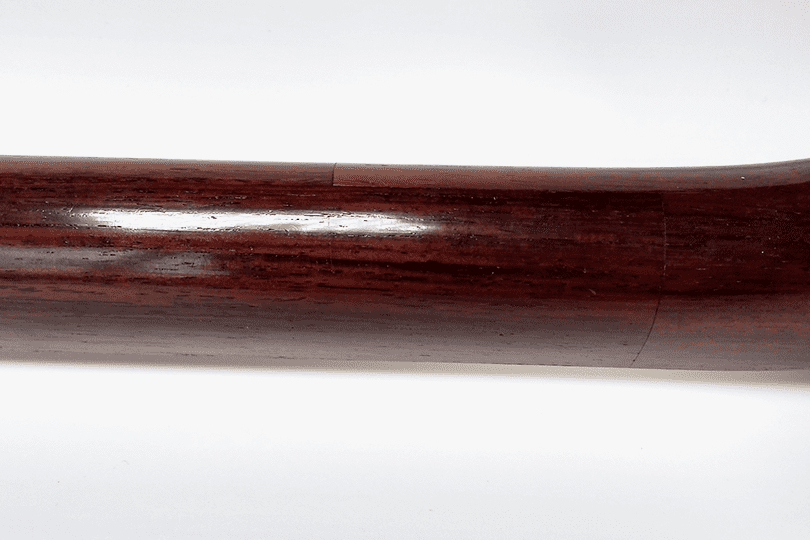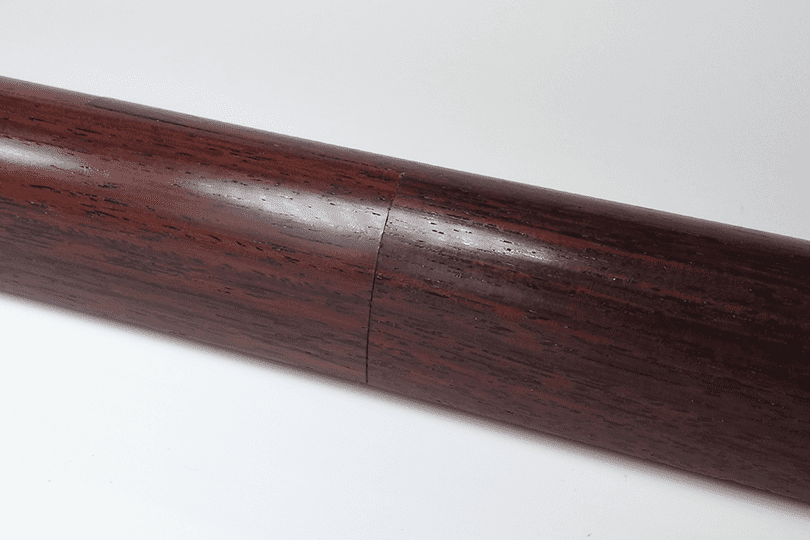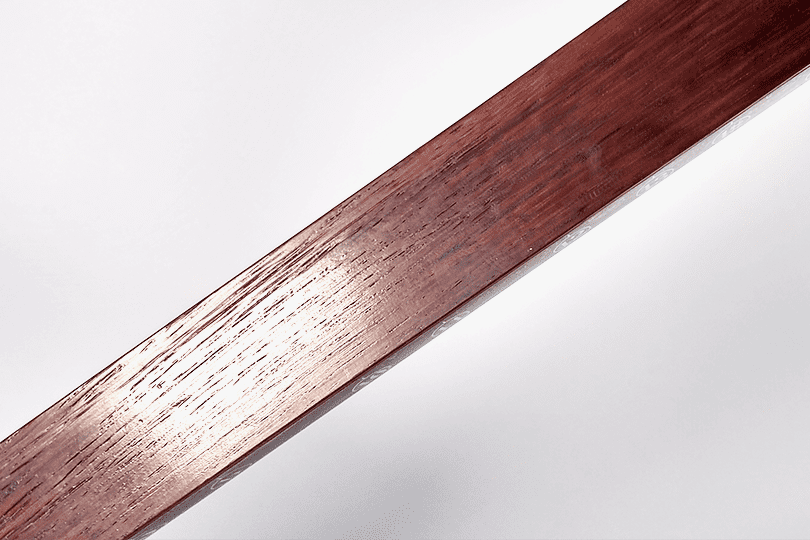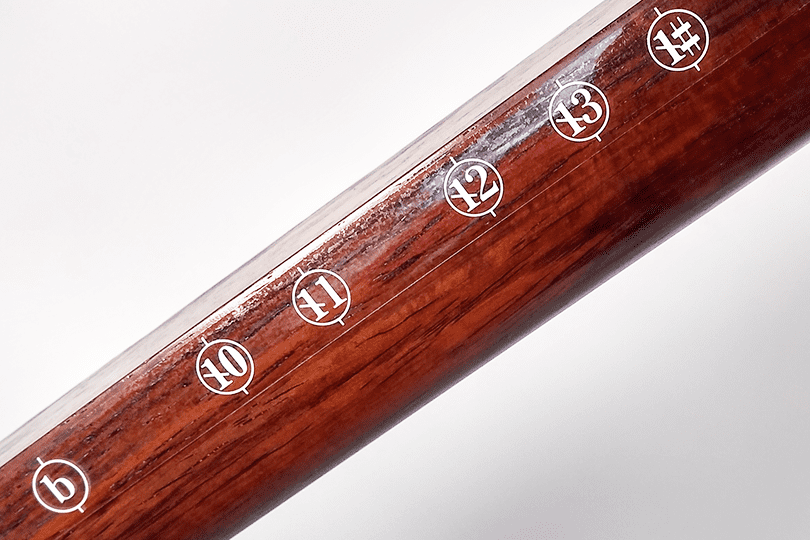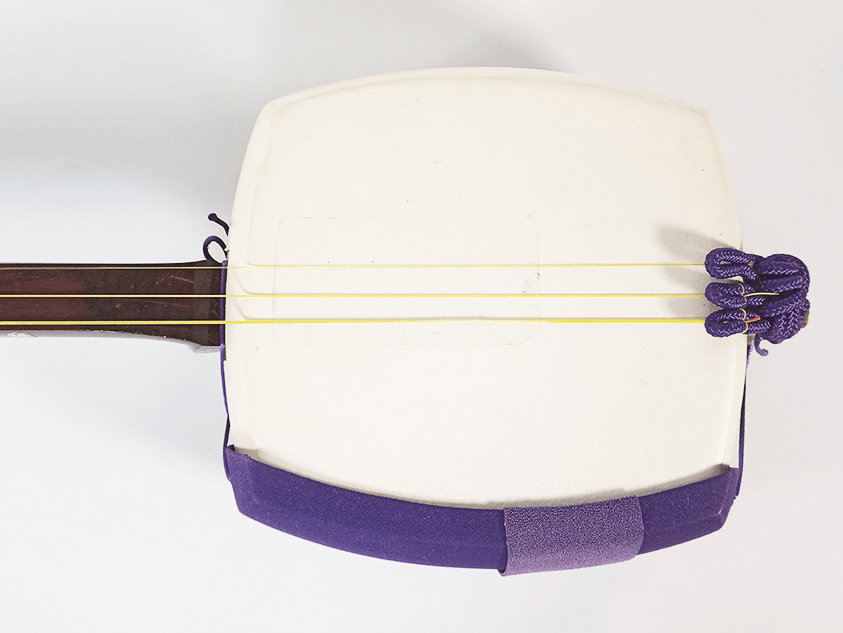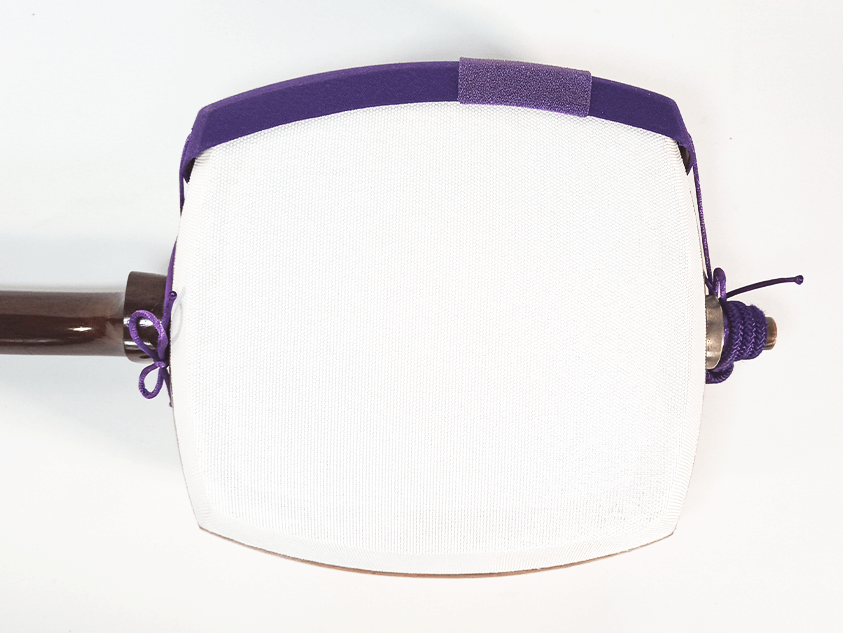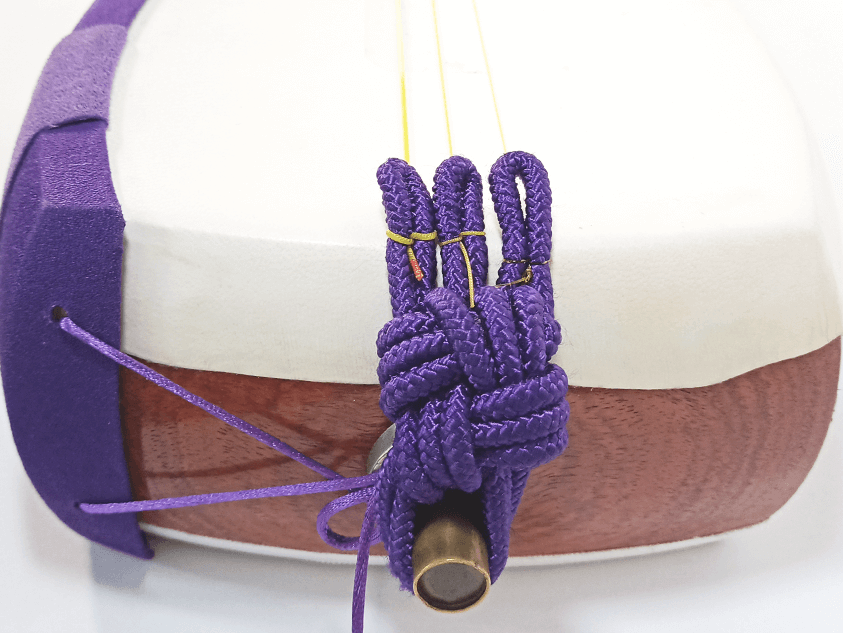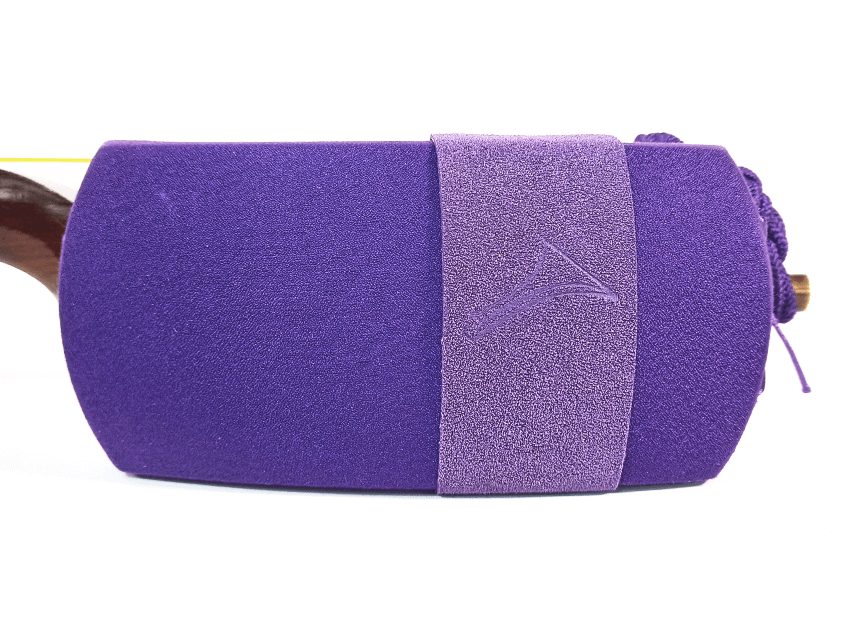Futozao Shamisen Set “Satoru”
package includes:
- futozao shamisen
- sao height: 32,5 mm
- fingerboard: 27 mm
- made from shitan wood
- natural front skin, hibiki synthetic back skin
also included in the set:
- neo
- doukake
- strings
- fujaku strip
- dougomu
- tenjin cap
1.029,00 €
Details
I named this shamisen “Satoru” (悟) which means “understanding” or “enlightenment” – that’s what I would like you to achieve playing this instrument! Learning is a fun process, but it’s also challenging (which makes it fun in my eyes). You will learn a lot about yourself when you grow and make progress on the shamisen. So I hope the name will be a good omen for you and your shamisen!
I think this instrument is great for people who want to use shamisen in crossover contexts with other instruments, amplify it and go crazy in all directions.
This instrument is a futozao shamisen in Gidayu style. Gidayu is a super interesting genre for accompanying puppet theater (bunraku). There’s two main differences to Tsugaru shamisen that are noteworthy here: The neck ends in a slanted way which is usually typical for slender-neck types. This characteristic will put limitations on how far you can go in pitch. You can play position 19 (you’re gonna need that for Ichidan/Rokudan), but not beyond (which you might want to use when composing your own Jongara Bushi). If you’re more of a crossover kind of person, it’s definitely enough to go all out with.
The other big difference to advanced Tsugaru shamisen style is the lack of an azuma sawari (adjustable buzz). Because the mechanism is expensive to manufacture, there’s “beginner” instruments without the azuma sawari on the market. You will still have the buzz, but can’t adjust it as easily as with the azuma sawari screw mechanism.
The instrument has an overall warm sound. Not the loudest in the stable, which is a good thing if you have neighbors and want to stay friendly with them 🙂
If you’re planning to start a solo career in percussive Tsugaru Shamisen style, I recommend you invest more money and get an instrument with tight skins, azuma sawari, and an even longer fingerboard.
Wood:
The instrument is made from shitan wood – a traditional high-end hardwood for shamisen making. This means even when you advance as a player, this instrument will still sound great and never sound like “not enough”.
Accessories and Skins:
The instrument comes with a purple doukake and a matching purple neo. Also included in the package is a set of fresh strings, an attached position marker (fujaku strip), a dougomu, and a tenjin cap! A super full package! The dou is skinned with natural skin on the front side and freshly skinned with hibiki synthetic skin on the back.
Neck:
This neck is 32,5 mm high/thick at the top and widens slightly towards the dou. The fingerboard measures 27 mm. This places it on the slender side for a futozao and makes the neck especially comfortable for medium sized and smaller hands. Its hatomune – the part where the neck enters the sound box – is slanted and does not end in the Tsugaru style sharp edge that would make it possible to play up to position 20 and beyond. On this instrument, you can play up to position 19 (that’s what you need for Rokudan/Ichidan for example). The fingerboard shows obvious signs of wear (see photos) but I thoroughly tested it out and there’s no weird buzzes or anything. It’s fine to play! But unlike with a freshly planed fingerboard, it will be a relatively shorter time until the neck will be in need of maintenance (still talking about years unless you play with super long fingernails and punch down really hard).
Itomaki:
The itomaki (tuning pegs) are made from ebony wood and are very comfortable to use due to their sturdy build. They are shorter than the modern chunky huge Tsugaru Shamisen itomaki, so the instrument fits into a smaller case, too! The previous owner covered the tuning pegs in white lacquer to give the instrument a more classic traditional look.
More:
The tsukigata (the curved end of the tenjin) is in perfect condition, and the instrument’s wood has a beautiful reddish shade and beautiful grain. The neck is crafted in mitsuori style: It can be separated into three parts. This makes travelling with the shamisen very easy – even if you have to get by with light and small luggage.
All you need to add to your set to start playing are a koma, a bachi and a yubisuri. Depending on the style you intend to play and your personal preferences, you want to pick a certain kind of koma and bachi. Yubisuri come in different sizes, and I didn’t want to deprive you of the difficult yet fun choice between all the wonderful colors. I also recommend getting an adhesive dougomu or a hizagomu that will prevent the instrument from slipping off your thigh.
If you have any further questions, reach out and send me a message and I’ll be happy to help.
